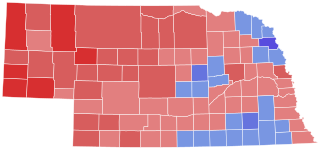
The 1998 Nebraska gubernatorial election was held on November 3, 1998. Term limits prevented incumbent Governor Ben Nelson, a Democrat, from seeking a third term in office. Republican nominee Mike Johanns, Mayor of Lincoln, defeated Democratic nominee, attorney Bill Hoppner. As of 2022, this was the last gubernatorial election in Nebraska in which the margin of victory was within single digits. Incidentally, Johanns would later serve in the United States Senate with Nelson from 2009 to 2013.
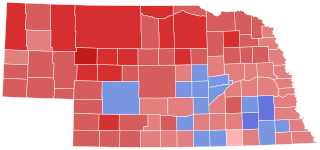
The 1986 Nebraska gubernatorial election was held on November 4, 1986, and featured state Treasurer Kay Orr, a Republican, defeating Democratic nominee, former Mayor of Lincoln Helen Boosalis. Incumbent Democratic governor Bob Kerrey did not seek a second term.
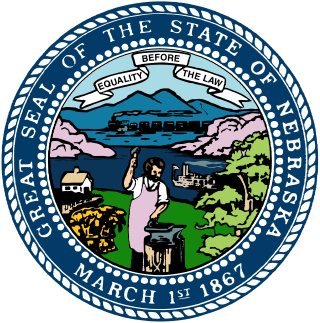
The 1950 Nebraska gubernatorial election was held on November 7, 1950, and featured incumbent Governor Val Peterson, a Republican, defeating Democratic nominee, former state Senator Walter R. Raecke, to win a third and final two-year term in office.
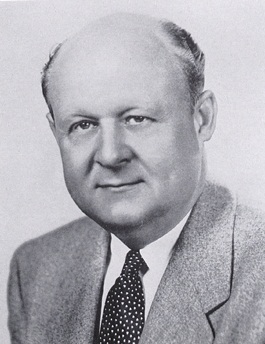
The 1948 Nebraska gubernatorial election was held on November 2, 1948, and featured incumbent Governor Val Peterson, a Republican, defeating Democratic nominee, former state Senator Frank Sorrell, to win a second two-year term in office.

The 1946 Nebraska gubernatorial election was held on November 5, 1946, and featured former school superintendent and newspaper publisher Val Peterson, a Republican, defeating Democratic nominee, state Senator Frank Sorrell.

The 1936 Nebraska gubernatorial election was held on November 3, 1936, and featured incumbent Governor Robert L. Cochran, a Democrat, defeating Republican nominee, newspaper publisher and former state legislator Dwight Griswold, to win a second two-year term in office. Former State Attorney General Ora S. Spillman unsuccessfully ran for the Republican nomination.

The 1934 Nebraska gubernatorial election was held on November 6, 1934, and featured state engineer Robert L. Cochran, a Democrat, defeating Republican nominee, newspaper publisher and former state legislator Dwight Griswold.
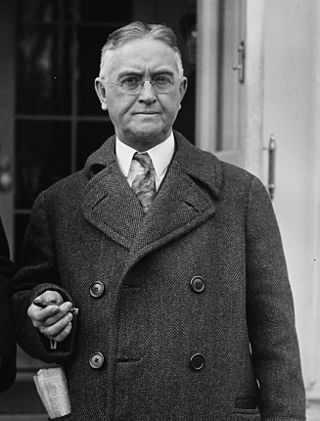
The 1924 Nebraska gubernatorial election was held on November 4, 1924, and featured former state Senator Adam McMullen, a Republican, defeating Democratic nominee, former state Representative John N. Norton, and Progressive nominee, Omaha City Commissioner Dan B. Butler.

The 1918 Nebraska gubernatorial election was held on November 5, 1918, and featured former Lieutenant Governor Samuel R. McKelvie, a Republican, defeating incumbent Democratic Governor, Keith Neville.

The 1950 Nebraska lieutenant gubernatorial election was held on November 7, 1950, and featured incumbent Nebraska Lieutenant Governor Charles J. Warner, a Republican, defeating Democratic nominee Edward A. Dosek, a businessman, to win his second term as lieutenant governor.

The 1946 Nebraska lieutenant gubernatorial election was held on November 5, 1946. Incumbent Nebraska Lieutenant Governor Roy W. Johnson lost to Robert B. Crosby in the Republican primaries after the Nebraska Republican Pre-Primary Convention refused to endorse him for reelection. Thus, the general election featured Robert B. Crosby as the Republican nominee who defeated Democratic nominee Robert J. Swanson.
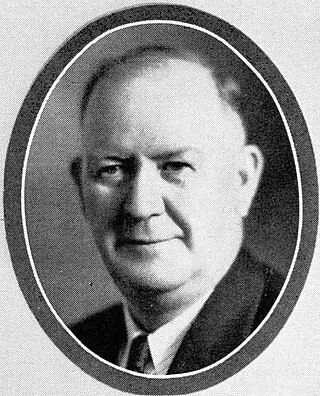
The 1944 Nebraska lieutenant gubernatorial election was held on November 7, 1944, and featured incumbent Nebraska Lieutenant Governor Roy W. Johnson, a Republican, defeating Democratic nominee Edward A. Dosek.

The 1936 Nebraska lieutenant gubernatorial election was held on November 3, 1936, and featured incumbent Nebraska Lieutenant Governor Walter H. Jurgensen, a Democrat, defeating Republican nominee George A. Williams, who was a former Nebraska Lieutenant Governor.

The 1932 Nebraska lieutenant gubernatorial election was held on November 8, 1932, and featured Democratic nominee Walter H. Jurgensen defeating the incumbent Nebraska Lieutenant Governor, Republican Theodore W. Metcalfe, as part of a Democratic landslide in the state connected to Franklin D. Roosevelt's election as president.

The 1930 Nebraska lieutenant gubernatorial election was held on November 8, 1932, and featured Theodore W. Metcalfe, the Republican nominee, defeating Democratic nominee James C. Agee. The incumbent lieutenant governor George A. Williams decided not to seek reelection.

The 1928 Nebraska lieutenant gubernatorial election was held on November 6, 1928, and featured incumbent Nebraska Lieutenant Governor George A. Williams, a Republican, defeating Democratic nominee Frank A. Dutton. For the two major candidates, this election was a rematch of the previous Nebraska lieutenant gubernatorial election in 1926.

The 1924 Nebraska lieutenant gubernatorial election was held on November 4, 1924, and featured Republican nominee George A. Williams defeating Democratic nominee P. J. Mullin as well as Progressive nominee Granville Hummer and Prohibition nominee J. F. Webster. Incumbent Nebraska Lieutenant Governor Fred G. Johnson, a Republican, chose not to seek reelection to the office of lieutenant governor in order to challenge George W. Norris for the Republican nomination for US Senate from Nebraska.

The 1922 Nebraska lieutenant gubernatorial election was held on November 7, 1922, and featured Republican nominee Fred G. Johnson defeating Democratic nominee P. J. Mullin as well as Progressive nominee T. J. Ellsberry. Incumbent Nebraska Lieutenant Governor Pelham A. Barrows, a Republican, chose not to seek reelection to the office of lieutenant governor in order to run for the vacant seat of C. Frank Reavis, former US Representative from Nebraska's 1st congressional district. Barrows was unsuccessful at obtaining the Republican nomination.

The 1920 Nebraska lieutenant gubernatorial election was held on November 2, 1920, and featured incumbent Nebraska Lieutenant Governor Pelham A. Barrows, a Republican, defeating Democratic nominee Cass G. Barns as well as Independent Robert D. Mousel.

The 1918 Nebraska lieutenant gubernatorial election was held on November 5, 1918, and featured Republican nominee Pelham A. Barrows defeating Democratic nominee William B. Banning as well as Prohibition Party nominee David B. Gilbert. Incumbent Nebraska Lieutenant Governor Edgar Howard decided not to seek reelection to the office of lieutenant governor in order to run for US Senate, but he was defeated in the Democratic primaries by John H. Morehead.
















